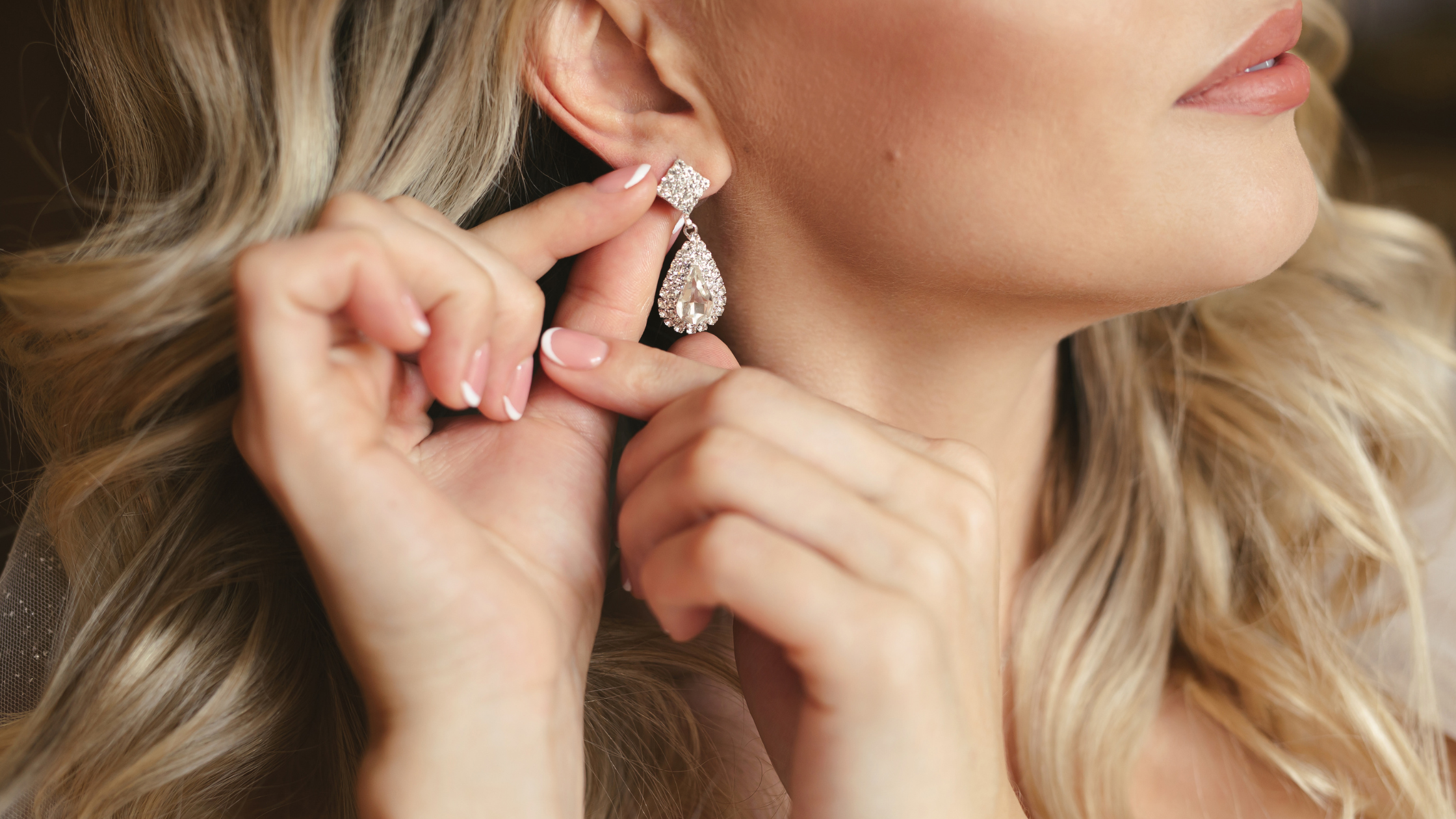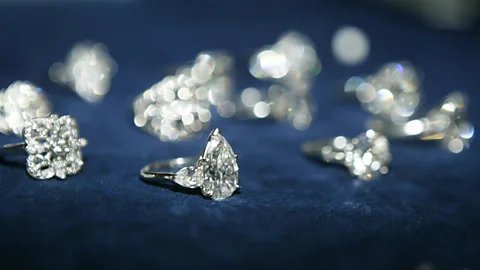As we delve into the realm of diamonds, an intriguing narrative unfolds: the story of lab diamonds. These gems, once shrouded in mystery, have now emerged as a revolutionary force in the jewelry industry. In this article, we embark on a journey to unravel the secrets behind lab diamonds, exploring their creation process, benefits, debunking myths, and offering invaluable insights into selecting and maintaining these exquisite jewels.
Introduction
What are Lab Diamonds?
Lab diamonds, also known as synthetic or cultured diamonds, are gems created in controlled laboratory environments. They possess the same chemical composition, crystal structure, and optical properties as natural diamonds, making them indistinguishable to the naked eye.
The Rise of Lab Diamonds in the Jewelry Industry
In recent years, lab diamonds have witnessed a meteoric rise in popularity. This surge can be attributed to several factors, including advancements in technology, ethical concerns surrounding traditional diamond mining, and shifting consumer preferences towards sustainable and responsibly sourced products.
The Process of Creating Lab Diamonds
The creation of lab diamonds involves two primary methods: High Pressure High Temperature (HPHT) and Chemical Vapor Deposition (CVD).
High Pressure High Temperature (HPHT) Method
In the HPHT method, a small diamond seed is placed in a carbon-rich environment and subjected to extreme pressure and temperature, mimicking the natural conditions in which diamonds form beneath the Earth’s crust.
Chemical Vapor Deposition (CVD) Method
Conversely, the CVD method involves the deposition of carbon atoms onto a substrate, forming layers of diamond crystals. This process utilizes a hydrocarbon gas mixture and a high-energy source to facilitate diamond growth.
Benefits of Lab Diamonds
Lab diamonds offer a myriad of benefits, ranging from ethical considerations to cost-effectiveness.
Ethical Considerations
Unlike natural diamonds, which are often associated with unethical mining practices and human rights violations, lab diamonds are produced ethically in controlled laboratory settings, devoid of any environmental or social harm.
Environmental Impact
The environmental footprint of lab diamonds insider story production is significantly lower compared to traditional mining practices, as it eliminates the need for extensive land excavation and reduces carbon emissions.
Cost-effectiveness
Lab diamonds typically cost 20-40% less than their natural counterparts, making them an attractive option for budget-conscious consumers without compromising on quality or beauty.
Myths and Misconceptions about Lab Diamonds
Despite their growing popularity, lab diamonds are still shrouded in myths and misconceptions.
Quality and Durability
Contrary to popular belief, lab diamonds exhibit the same exceptional quality and durability as natural diamonds. They undergo rigorous testing and grading procedures to ensure they meet the highest standards.
Visual Appearance
Lab diamonds possess the same brilliance, fire, and scintillation as natural diamonds, offering a dazzling sparkle that captivates the beholder.
Market Value
While it’s true that lab diamonds may have a lower resale value compared to natural diamonds, their value lies in their intrinsic beauty and ethical sourcing, rather than their investment potential.
How to Choose a Lab Diamond
Selecting the perfect lab diamond involves considering various factors, including the 4Cs (Cut, Color, Clarity, and Carat), certification, and personal preferences.
Understanding the 4Cs
Familiarize yourself with the 4Cs to assess the quality and value of a lab diamond. Each of these factors plays a crucial role in determining its beauty and brilliance.
Certification and Documentation
Ensure that the lab diamond comes with reputable certification from recognized gemological laboratories, providing assurance of its authenticity and quality.
Personal Preferences
Ultimately, choose a lab grown diamonds that resonates with your individual style, preferences, and budget. Whether you prefer a classic round cut or a contemporary princess cut, there’s a lab diamond to suit every taste.
Care and Maintenance of Lab Diamonds
Proper care and maintenance are essential to preserve the beauty and brilliance of your lab diamond for generations to come.
Cleaning and Storage
Regularly clean your lab diamond using mild detergent and a soft brush to remove dirt and oils. Store it separately from other jewelry to prevent scratches and damage.
Regular Inspections
Schedule periodic inspections with a reputable jeweler to ensure that your lab diamond is free from any damage or defects. Prompt repairs can prevent minor issues from escalating into major problems.
Professional Maintenance
Consider professional maintenance services such as polishing and re-cutting to restore the luster and brilliance of your lab diamond over time.
Conclusion
In conclusion, lab diamonds represent not only a technological marvel but also a paradigm shift in the world of fine jewelry. With their ethical sourcing, environmental sustainability, and exquisite beauty, lab diamonds are poised to redefine the standards of luxury and elegance for generations to come.

:max_bytes(150000):strip_icc()/Web_1500-bri-lab-grown-diamonds-test-ritani-r3-jthompson-0553-145b55fc41804261b85c96b1ca63a28b.jpg)


